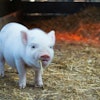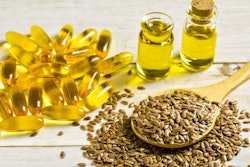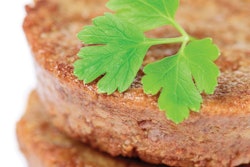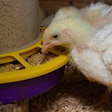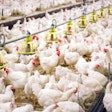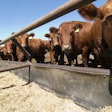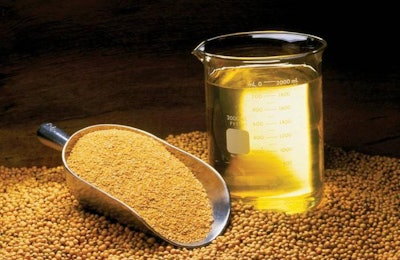
Latest report on soybean meal use verified what we already knew, but what are the implications of having such detailed knowledge?
The latest report (2018 Soybean Meal Demand Assessment) of the United Soybean Board regarding the global use of soybean meal verified what was already well known in the feed industry: Soybean meal remains the major protein source for farm animals, and specifically for monogastrics (poultry and pigs). So, let’s have a closer look at these statistics.
Out of 31.2 million metric tons of soybean meal used in the 2017-18 period, 48% was used in broiler formulas. Adding to that number another 9% for layers and a further 7% for turkeys, it is clear that the majority of soybean meal (64% of the total) goes annually to poultry production.
This is not an insignificant number and requires some further thought. Pigs consumed 24% of total soybean meal production, and dairy only 9%, which is rather substantial considering that all other remaining species consumed the leftovers, only 3%.
If I were producing/marketing soybean meal, I would pay very close attention to these numbers because, as soybean meal is used mainly in poultry diets, I would want to improve my product so that it becomes even more indispensable to this species. Thus, any research/marketing money would go mostly toward improving/promoting soybean meal use for poultry.
Although pigs consume a substantial amount, they are also on the decline as a farmed species, because of global African swine fever (ASF) problems and, as such, I would expect soybean meal consumption to drop. I would not want to focus too much on pigs for the next couple of years, at least.
Competing trends
There are two major competing trends against soybean meal. First is the need to reduce antibiotic usage that forces protein levels to drop in all feeds. This means less soybean meal and more feed-grade amino acids in feeds. Second is the effort by the EU – a major importer of soybean meal – to become soy-independent by producing local protein-rich crops. If they succeed, then other regions may follow suit.
On the other hand, if I were looking to replace soybean meal, again, I would focus on replacing it in poultry diets by exploring alternative protein sources that can complement local cereals. Thus, efforts would be focused on finding what impedes the use of alternative protein sources in poultry, especially the issue of anti-nutritional factors – at least as far as nutrition is concerned. Reducing crude protein levels is not good only for gut health in the absence of antibiotics, it is also a wise measure against unnecessary environmental pollution. And this ties in quite well with the overall political agenda of countries looking to alternative options.
From another perspective, and considering that only three (big) countries dominate soybean meal exports (80% from the U.S., Argentina and Brazil), it might be interesting to see who else can produce soybean meal at competitive prices and comparable quality. And, if that were the case, again, poultry would have had to be the target species.

